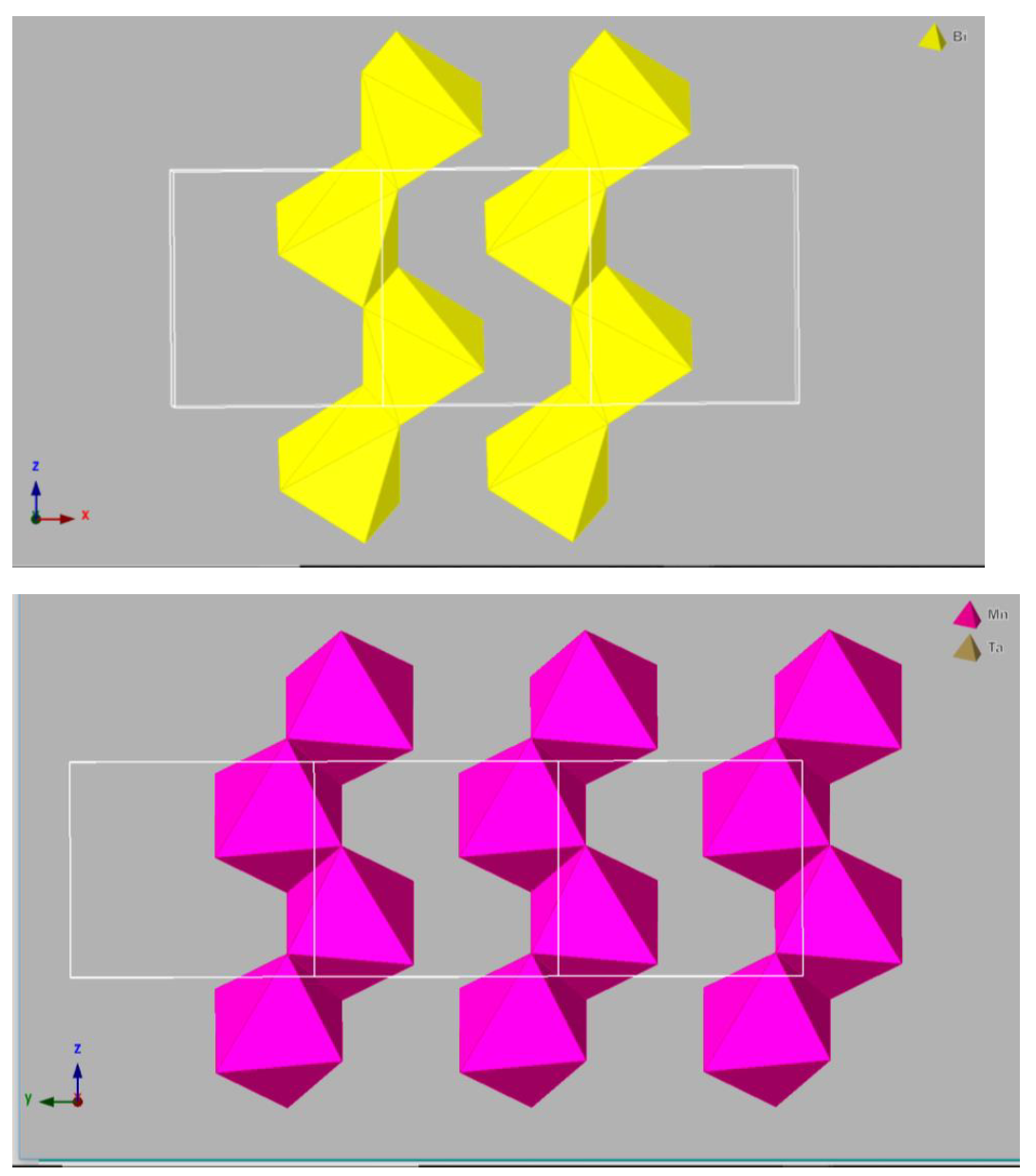Home PageAbout MindatThe Mindat ManualHistory of MindatCopyright StatusWho We AreContact UsAdvertise on Mindat
Donate to MindatCorporate SponsorshipSponsor a PageSponsored PagesMindat AdvertisersAdvertise on Mindat
Learning CenterWhat is a mineral?The most common minerals on earthInformation for EducatorsMindat ArticlesThe ElementsThe Rock H. Currier Digital LibraryGeologic Time
Minerals by PropertiesMinerals by ChemistryAdvanced Locality SearchRandom MineralRandom LocalitySearch by minIDLocalities Near MeSearch ArticlesSearch GlossaryMore Search Options
The Mindat ManualAdd a New PhotoRate PhotosLocality Edit ReportCoordinate Completion ReportAdd Glossary Item
Mining CompaniesStatisticsUsersMineral MuseumsClubs & OrganizationsMineral Shows & EventsThe Mindat DirectoryDevice SettingsThe Mineral Quiz
Photo SearchPhoto GalleriesSearch by ColorNew Photos TodayNew Photos YesterdayMembers' Photo GalleriesPast Photo of the Day GalleryPhotography
╳Discussions
💬 Home🔎 Search📅 LatestGroups
EducationOpen discussion area.Fakes & FraudsOpen discussion area.Field CollectingOpen discussion area.FossilsOpen discussion area.Gems and GemologyOpen discussion area.GeneralOpen discussion area.How to ContributeOpen discussion area.Identity HelpOpen discussion area.Improving Mindat.orgOpen discussion area.LocalitiesOpen discussion area.Lost and Stolen SpecimensOpen discussion area.MarketplaceOpen discussion area.MeteoritesOpen discussion area.Mindat ProductsOpen discussion area.Mineral ExchangesOpen discussion area.Mineral PhotographyOpen discussion area.Mineral ShowsOpen discussion area.Mineralogical ClassificationOpen discussion area.Mineralogy CourseOpen discussion area.MineralsOpen discussion area.Minerals and MuseumsOpen discussion area.PhotosOpen discussion area.Techniques for CollectorsOpen discussion area.The Rock H. Currier Digital LibraryOpen discussion area.UV MineralsOpen discussion area.Recent Images in Discussions
EducationStibiotantalite and Bismutotantalite Nomenclature

28th Sep 2018 04:46 UTCRudy Bolona Expert

28th Sep 2018 08:44 UTCErik Vercammen Expert
28th Sep 2018 10:02 UTCJohan Kjellman Expert
Offhand , I think there is a solid solution between stibiotantalite and bismuthotantalite, at least hypothetically, i.e. it could be produced in a lab.
The reason that there is no tantalite-(Sb) and -(Bi), if anyone would propose a name change, is rather that the root-name "tantalite" is already claimed by another structure, the columbite-(tantalite) structure.
cheers
28th Sep 2018 12:57 UTCJolyon Ralph Founder
28th Sep 2018 16:48 UTCTravis Olds Expert
https://www.mindat.org/photo-66752.html is header on https://www.mindat.org/min-8669.html
https://www.mindat.org/photo-259794.html is header on https://www.mindat.org/min-3739.html
29th Sep 2018 01:05 UTCPavel Kartashov Manager
29th Sep 2018 08:33 UTCTravis Olds Expert
But back on topic.. The crystal structures of tantalite-(Fe) & -(Mn) vs. stibio- & bismutotantalite are geometrically very similar but the latter two have different space groups and slight structural peculiarities that set them apart. Same applies to columbite-(Fe) -(Mn) vs. stibio- and bismutocolumbite. Each of their structures contain sheets of corrugated Ta/Nb octahedra that sandwich the suffix or prefix-defining cations that are arranged into zig-zagging chains; i.e. the Fe/Mn (also octahedra) and Sb/Bi (irregularly shaped 6-coordinated polyhedra). See comparison photo of the chains of irregular Bi in bismutotantalite and Mn octahedra in tantalite-(Mn). So in addition to the different polyhedron shapes, there is a significant size difference between Sb3+ and Bi3+ (more prominant than Fe vs Mn) and unique arrangements of lone-pair electron that causes the differences. This info is from:
http://rruff.info/doclib/cm/vol39/CM39_103.pdf
29th Sep 2018 08:37 UTCJolyon Ralph Founder
29th Sep 2018 10:57 UTCJohan Kjellman Expert
Excellent taste, and extraordinary field skills, in mineral collecting does not necessarily equate with in-depth knowledge of structural mineralogy or crystal chemistry. We come from all over, I am surpriced you wasn't aware of that Pavel:)
cheers
29th Sep 2018 21:31 UTCPavel Kartashov Manager
I am not completely understood Travis's position. I am afraid I didn't underand the first part of his post. What about the second one, it should be understood that the structures of half of the cubic minerals (for example) are constructed on the basis of the structure of NaCl. However, this does not serve as a reason to build a group of pyrite-galena or cuprite-pyrochlore. Structures of many tantalo-niobates are built up on basis of ruthile or brookite structures, and has similar chains of polyhedrons. In itself this does not prove anything.




Mindat.org is an outreach project of the Hudson Institute of Mineralogy, a 501(c)(3) not-for-profit organization.
Copyright © mindat.org and the Hudson Institute of Mineralogy 1993-2024, except where stated. Most political location boundaries are © OpenStreetMap contributors. Mindat.org relies on the contributions of thousands of members and supporters. Founded in 2000 by Jolyon Ralph.
Privacy Policy - Terms & Conditions - Contact Us / DMCA issues - Report a bug/vulnerability Current server date and time: April 26, 2024 18:59:53
Copyright © mindat.org and the Hudson Institute of Mineralogy 1993-2024, except where stated. Most political location boundaries are © OpenStreetMap contributors. Mindat.org relies on the contributions of thousands of members and supporters. Founded in 2000 by Jolyon Ralph.
Privacy Policy - Terms & Conditions - Contact Us / DMCA issues - Report a bug/vulnerability Current server date and time: April 26, 2024 18:59:53












